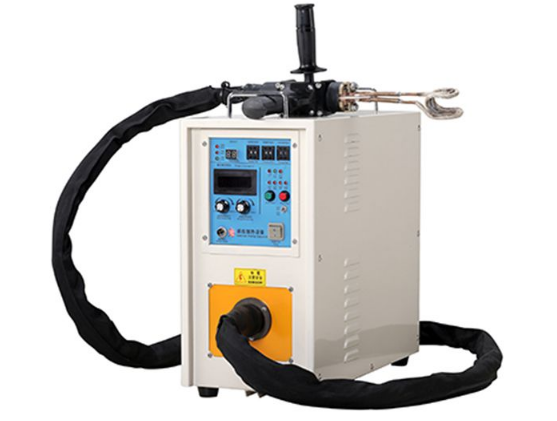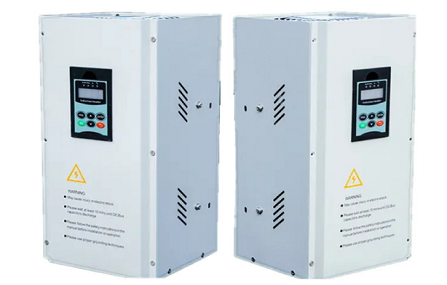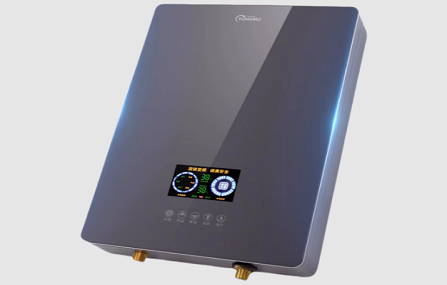What is Induction Brazing?
Induction brazing is the process of joining two or more metals using induction heating. Induction heating utilizes the electromagnetic field to provide heat without contact or flame. Induction brazing is more localized, repeatable, and easier to automate compared to traditional torch brazing.
Induction heating is used for countless industrial heating applications. That said, brazing is perhaps our most common application. In this blog post, we'll review the reasons why many manufacturers turn to induction heating for their brazing applications. The advantages include:
Precise, localized heat: Induction heating allows manufacturers to heat very specific areas of a workpiece without affecting the surrounding material, enabling them to meet tight tolerances. This precision is ideal for induction brazing, where even heating of the joint is crucial, while avoiding overheating the base metal.
Repeatable results: Induction heating systems can provide an exact amount of heat to a workpiece for a specific duration, ensuring consistent and repeatable results with each brazed part. This level of consistency is difficult to achieve with torch heating, which depends heavily on operator control.
Fast heating cycles: Induction heating can heat metals rapidly, reducing the overall brazing time. This is especially beneficial for high-volume production applications where increasing throughput is critical.
Clean and safe process: As a non-contact heating method, induction involves no open flames or risk of combustion, making it a cleaner and safer alternative to traditional brazing techniques.
Energy efficiency: Induction heating is highly energy-efficient, as it only heats the metal that needs brazing. This leads to significant energy savings, particularly in high-volume production settings.
A Green Option: Induction heating doesn't require gas, making it an environmentally friendly option and supporting companies' electrification and CO2 reduction initiatives.
In addition to these advantages, induction heating is highly versatile and can be used to braze a wide range of metals, including both ferrous and non-ferrous materials. It is also compatible with various brazing filler metals.

What Is the Purpose of a Brazing Machine?
For instance, it can join two dissimilar metals and thin-walled parts that cannot be welded. Brazing has various applications in different industries. It is employed in the automotive industry for joining tubes and pipes, in the electrical equipment industry for joining wires, and for crafting jewelry.
Here are some specific applications where induction heating is commonly used for brazing:
Automotive industry: Brazing of heat exchangers, radiators, condensers, and other components.
Aerospace industry: Brazing of honeycomb structures, aircraft components, and engine parts.
Electronics industry: Brazing of electronic components, such as heat sinks, connectors, and terminals.
Medical device industry: Numerous brazing applications are found within medical device manufacturing.
HVAC manufacturing: Brazing of copper tubing and fittings is commonly performed using induction heating in this segment.
In summary, induction heating is a versatile and efficient method for brazing a wide range of materials. It offers many advantages over traditional brazing methods, including precise and localized heat, repeatable results, fast heating cycles, a clean and safe process, and energy efficiency.








